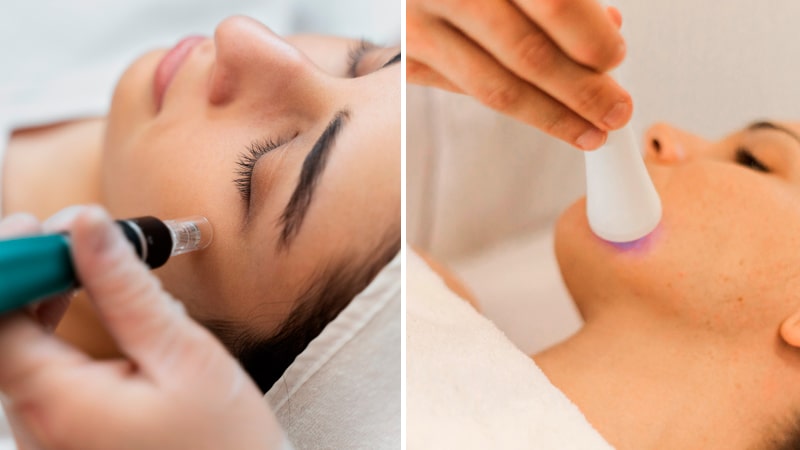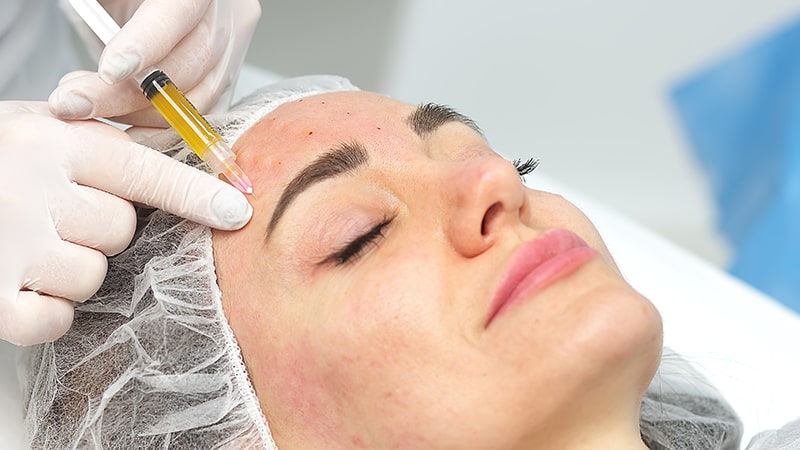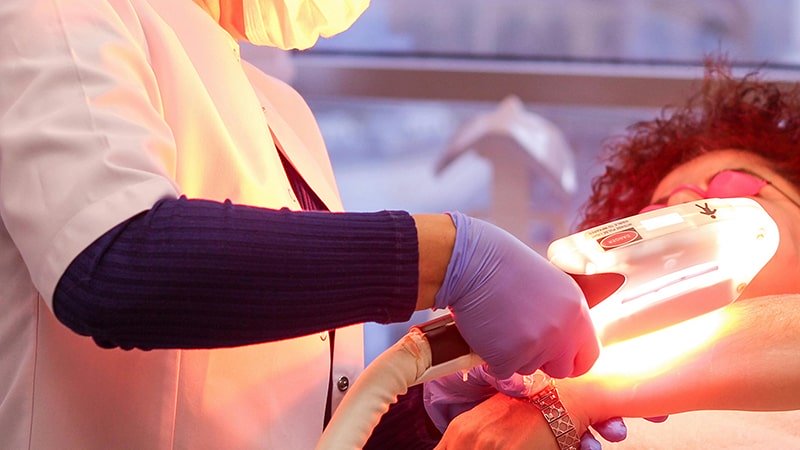Dermapen and electroporation are two treatments that use active ingredients to try to improve skin health. Its use is aimed at reducing skin imperfections caused by aging or treating different pathologies.
With both treatments we can work on the face to try to eliminate blemishes, smooth wrinkles, restore firmness to the skin, improve the bar code, reduce scars, and a long etcetera.
Next, we will compare the protocol of use of both treatments, their effects and how we can combine them to obtain superior results.
What is the difference between dermapen and electroporation?
Surely you have already realized what the differences are between dermapen and electroporation, but in case you missed any, these are the most important ones:
- The first major difference is that dermapen is a minimally invasive treatment, since it uses fine needles that cause small cracks in the skin. Electroporation is non-invasive, because it does not produce any interference in the skin.
- The fact that dermapen uses needles determines that this treatment can only be applied by doctors or professionals with training and in the presence of a doctor (this, as we have seen, depending on the country). In contrast, electroporation does not require application by a medical professional.
- As there is no aggression on the skin, electroporation does not activate the immune system, so the active ingredients can reach deeper layers of the skin and act directly on the targeted area. The dermapen, on the other hand, does activate the immune system and much of the active ingredient introduced will be eliminated without producing any effect.
- The products used for microneedling contain very low concentrations of the active ingredients to avoid adverse reactions. However, the products used for electroporation can include much higher concentrations and with much more elaborate combinations or complexes.
As we have seen they are very different treatments, microneedling is a treatment with great results for certain treatments thanks to the increased production of fibers, while on the other hand transdermal electroporation is the most effective and safest method of introducing active ingredients into the skin.
What is dermapen?
First of all, it is worth remembering that dermapen is currently the most recognized brand of microneedling, which is a technique that introduces active ingredients into the skin through channels created with very fine needles.
These needles are either in a roller (known as a dermaroller) or in a pen-like device known under the generic dermapen. Both the rollers and the consumables of the devices have very different configurations in terms of both the number of needles and their depth. On the other hand, the device allows the depth of the puncture to be adjusted.
In some countries there is a differentiation between medical and aesthetic microneedling, with a difference in the depth to which it can be used. In Spain, its use in esthetics is currently not allowed, it is only legal to use it in a medical environment, although in the future we believe that this regulation will change and its use in esthetics will be allowed between 0.35 and 0.5 maximum depth, but this has not yet arrived.
Entering into the technique both dermapen and any other brand of microneedling argue the results of the treatments by the introduction of active ingredients, but this one in many cases it is just a commercial strategy,the assets introduced by microneedling face several problems before generating results.
The active ingredients used penetrate the skin either by passive diffusion by eliminating the skin barrier function or by mechanical dragging of the needles themselves as they pass through the skin. However, when we generate an injury we activate all the immune system resources present in the skin, whereby the immune system detects and attacks any foreign substance it encounters. Thus, as it locates an unknown substance such as most of the active ingredients, it forces its elimination.
For this reason, the products formulated for this purpose are usually formulated with very low concentrations, to avoid as much as possible the skin reaction, logically reducing the possible results attributable to the active ingredients introduced.
This is not to say that microneedling treatments do nothing, it does work for many types of treatment, but not because of the effect of the active ingredients introduced. What is really important about dermapen and the rest of microneedling, and what does show demonstrable results, are the effects produced by the repair of the tissue by the lesion itself produced by the needles.
By producing small lesions through needle puncture and each lesion being surrounded by healthy tissue, we force the skin to regenerate the tissue without major complications as we could have if we did a more generalized damage. In this way we can induce a significant increase in collagen and produce a tightening effect, which gives more consistency and firmness to the skin.
What is electroporation?
Electroporation is a painless and non-invasive technology that uses electrical pulses to create aqueous channels in the skin, which allow the direct introduction of active ingredients in high concentrations.
Depending on the configuration of the pulses we can generate channels at surface level, generate increased diffusion in tissues through desmosomal separation and/or permeabilize cell membranes so that they absorb the active ingredients and use them before they are metabolized by the organism.
With a suitable transdermal electroporation device we can, with this technique, introducing substances with very high molecular weights (400 times larger than those that could enter topically) without producing any reaction from the immune system, so we can introduce high concentrations without having an adverse response. On the other hand, the skin returns to its normal state in a few minutes, making it a totally safe treatment.






